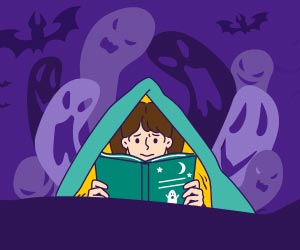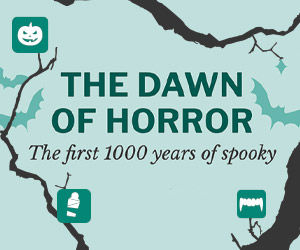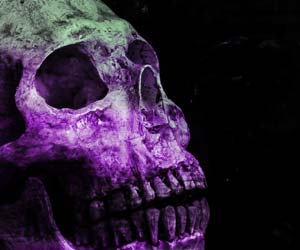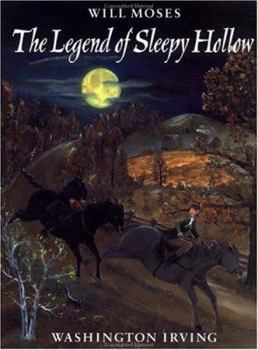The Legend of Sleepy Hollow
Select Format
Select Condition 
Book Overview
The timeless collection that introduced Rip Van Winkle, Ichabod Crane, and the Headless Horseman Perhaps the marker of a true mythos is when the stories themselves overshadow their creator. Originally... This description may be from another edition of this product.
Customer Reviews
good reading
not your average ghost story
Where The Pocantico Winds Its Wizard Stream
A Folk Artist's Reconception Of America's Classic
The True Story of the Headless Horseman
The Legend of Sleepy Hollow Mentions in Our Blog

As we move into autumn, many readers are drawn to books with a chilling quality. Our newest survey, conducted by Talker Research and commissioned by Thriftbooks, investigated all things related to the spooky genre and what we found turned into a riveting tale. Here are some of our most arresting findings.


Comics are uniquely suited to fall reading: they make it easy to visualize locations and color palettes that are uniquely autumnal. Some of these graphic novels explicitly take place in the fall, while others deal with fall-like themes, such as change or growing older. Either way, you're sure to enjoy them as you sip your hot beverage of choice, give your pet a little pat, and wait with patience or with dread as winter slips ever nearer.


Vampires, werewolves, monsters, zombies, wizards, witches, and all things that go bump in the night. These topics used to be relegated to fiction pulled out in the fall to get us geared up for Halloween, but now have their own presence in the literary world. So how did they make the leap from October reading material to year-round "go to" reads? I have three words for you: teen paranormal fiction, and I’m not just talking about books, or in our case, used books like Twilight and Harry Potter. Sure, Stephanie Meyer and J.K. Rowling made it “cool” again to write about fantastical elements. It helps that these are usually easy reads and always leave us wanting more; another series, another set of characters, and another chance to further our paranormal addiction.






